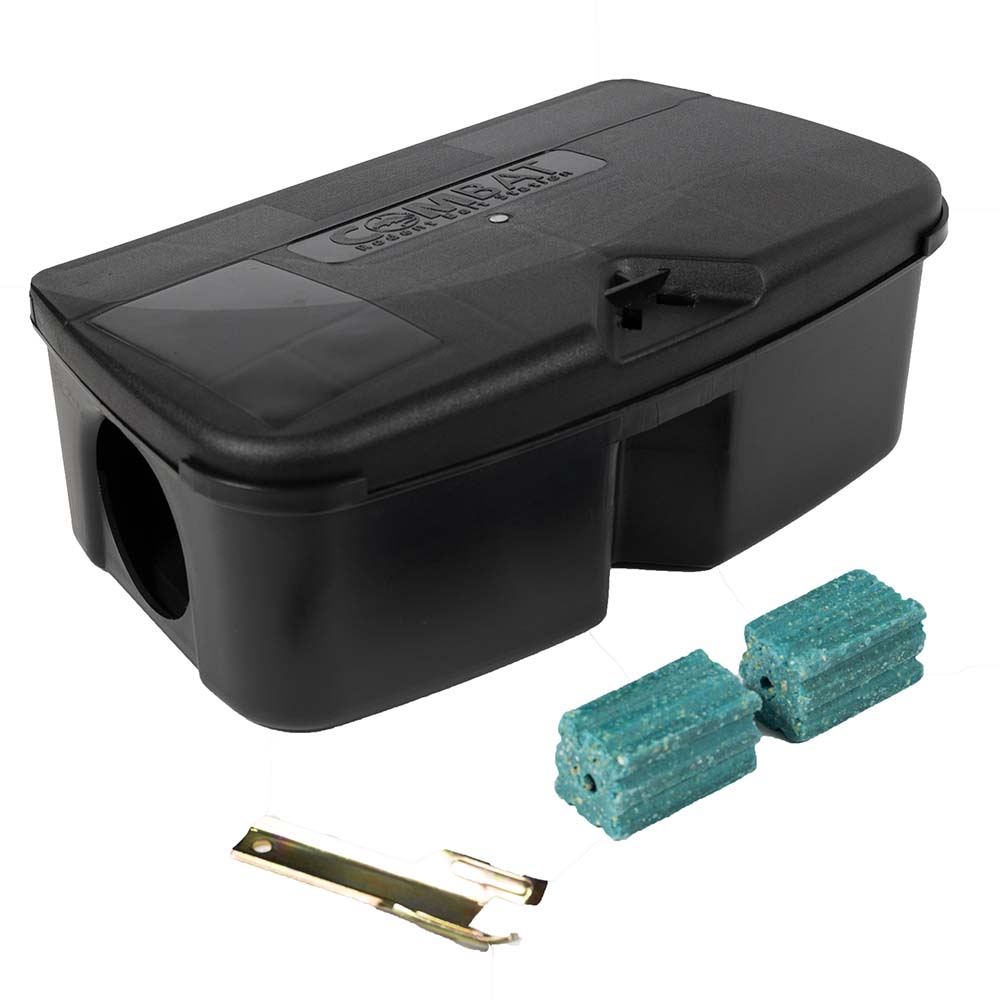Comprehensive Pest Control Training Course in Zimbabwe: A Detailed Outline
This outline details a comprehensive pest control training course designed to equip participants with the knowledge and skills necessary for safe and effective pest management practices in Zimbabwe.

The course is modular, allowing for flexibility in delivery and customization based on specific needs and target audience (e.g., residential, commercial, or specialized pest control).
I. Introduction to Pest Management (Module 1: 2 Days)
1.1 Course Overview and Objectives: Introduction of course structure, learning outcomes, assessment methods, and safety protocols. We also emphasize the importance of integrated pest management (IPM) principles.
1.2 History and Significance of Pest Control: We trace the evolution of pest control techniques, highlighting key milestones and advancements. We also discuss the economic, environmental, and public health impacts of pest infestations.
1.3 Pest Biology and Ecology: Here, we provide an overview of insect morphology, physiology, life cycles, and behavior. Key pest groups (e.g., rodents, insects, birds, weeds) relevant to the target audience are covered. We also include discussions on pest identification, habitat requirements, and population dynamics.
1.4 Integrated Pest Management (IPM): We introduce the core principles of IPM, emphasizing prevention, monitoring, and targeted control strategies. Discussion into the economic threshold, action threshold, and the hierarchy of control methods (cultural, biological, mechanical, chemical) is also done.
1.5 Legal and Regulatory Framework: We review relevant local regulations pertaining to pesticide use, licensing, and safety. We also discuss the role of regulatory agencies and compliance requirements. We also include information on reporting requirements for pesticide incidents.
1.6 Safety and Environmental Considerations: We introduce comprehensive safety procedures for handling pesticides and equipment. An in depth discussion of personal protective equipment (PPE) selection, use, and maintenance. We also highlight environmental considerations, including non-target effects, water contamination, and soil degradation.
II. Pest Identification and Monitoring (Module 2: 2 Days)
2.1 Pest Identification Techniques: We develop practical skills in identifying common pests through visual inspection, trapping, and sampling methods. We also include detailed descriptions of key pest characteristics (morphology, behavior, damage). The utilization of visual aids (e.g., photographs, specimens) is done to aid learning.
2.2 Monitoring Techniques for Various Pests: We focus on effective monitoring methods for different pest groups (rodents, insects, birds, weeds). We cover the use of traps, bait stations, pheromone traps, and other monitoring tools. Discussion pertaining to data collection, analysis, and interpretation is also done.
2.3 Record Keeping and Reporting: We train participants in maintaining accurate and detailed records of pest infestations, monitoring data, and treatment applications. Moreover, we develop skills in creating professional reports for clients.
2.4 Case Studies and Practical Exercises: We analyze real-world pest infestation scenarios, emphasizing problem-solving and decision-making in pest management. It is also important to conduct practical exercises involving pest identification and monitoring techniques.
III. Pest Control Methods (Module 3: 3 Days)
3.1 Cultural Control Methods: We discuss non-chemical methods for preventing and managing pests. This includes sanitation, habitat modification, proper storage, and exclusion techniques. We also provide practical examples for different pest groups.
3.2 Biological Control Methods: We explore the use of natural enemies (e.g., predators, parasites, pathogens) for pest control. Moreover, we also discuss the principles of biological control, including selection criteria, release methods, and monitoring.
3.3 Mechanical and Physical Control Methods: We cover various mechanical methods, including trapping, vacuuming, handpicking, and physical barriers. Also, we discuss the advantages and limitations of these methods.
3.4 Chemical Control Methods: We provide in-depth coverage of pesticide chemistry, formulation, application techniques, and safety precautions. We also discuss different pesticide classes (e.g., insecticides, rodenticides, herbicides) and their target pests. We also emphasize responsible pesticide use and Integrated Pest Management (IPM) strategies.
3.5 Pesticide Safety and Handling: We provide detailed training on pesticide labels, safety data sheets (SDS), and proper mixing, application, and disposal procedures. Hands-on training with application equipment is done.
3.6 Calibration and Application Techniques: We cover various application techniques (e.g., spraying, dusting, baiting) and the importance of proper equipment calibration for efficient and effective pesticide use.
3.7 Emergency Response Procedures: We develop protocols for handling pesticide spills, exposures, and other emergencies.
IV. Specialized Pest Control (Module 4: 2 Days – Optional, tailored to specific needs)
4.1 Termite Control: We focus on termite biology, identification, inspection techniques, and treatment methods (e.g., pre-construction treatments, liquid termiticide applications, baiting systems).
4.2 Wood-Destroying Insect Control: We cover the identification, biology, and control of wood-boring insects (e.g., powderpost beetles, carpenter ants).
4.3 Rodent Control: Here, an in-depth discussion of rodent biology, behavior, identification, and control methods (e.g., trapping, baiting, exclusion).
4.4 Public Health Pests: We focus on pests that pose a risk to human health (e.g., cockroaches, bed bugs, fleas). We also discuss identification, monitoring, and control strategies.
4.5 Structural Pest Control: Examine pest problems associated with buildings and structures, including strategies for preventing infestations and managing existing problems.
V. Business and Professional Practices (Module 5: 1 Day)
5.1 Customer Relations and Communication: We develop effective communication skills for interacting with clients, providing accurate information, and handling complaints.
5.2 Estimating and Bidding: We learn to prepare accurate estimates and bids for pest control services, including material costs and labor.
5.3 Record Keeping and Documentation: We develop proficiency in maintaining comprehensive records for compliance and business management.
5.4 Marketing and Sales: We explore strategies for marketing pest control services and building a client base.
5.5 Legal and Ethical Considerations: We review legal and ethical responsibilities associated with pest control services, including licensing requirements and professional conduct.
VI. Assessment and Certification (Module 6: 1/2 Day)
6.1 Written Examination: Comprehensive written exam covering all course modules.
6.2 Practical Examination: Hands-on assessment of pest identification, monitoring, and control techniques.
6.3 Certification and Continuing Education: Award of certification upon successful completion of the course. Discuss opportunities for continuing education and professional development.




